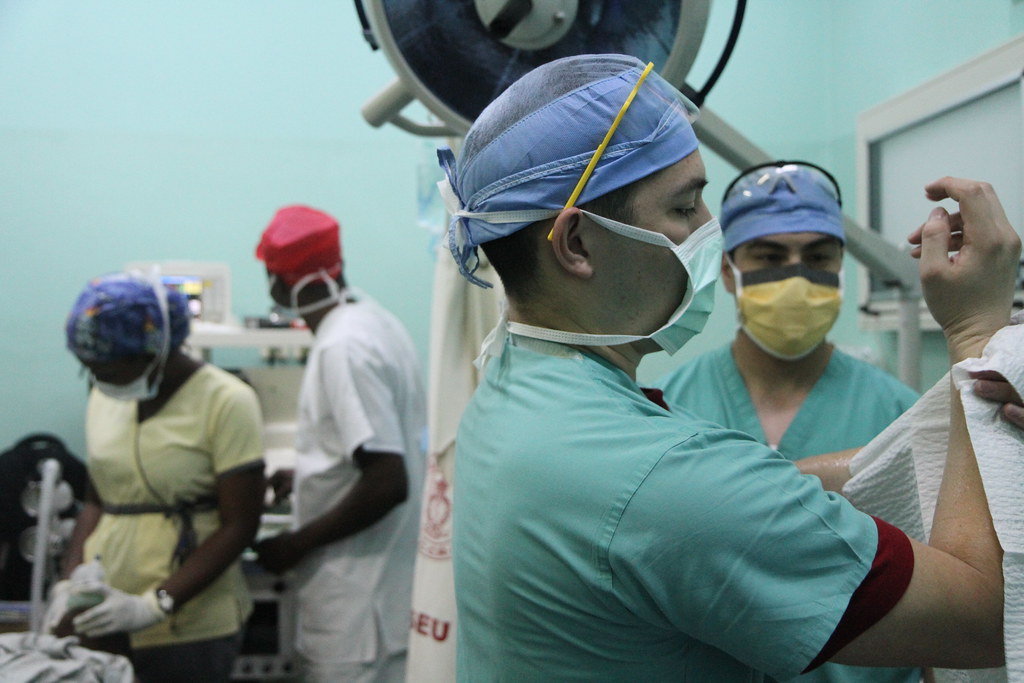Electrical Stimulation Therapy vs. Other Treatments for Diabetic Foot Ulcers
Diabetic foot ulcers are a serious complication of diabetes that can lead to infections, tissue death, and even amputation. There are several treatment options available for diabetic foot ulcers, including electrical stimulation therapy (EST), offloading, and debridement.
In this article, we’ll compare and contrast these treatments, discussing their effectiveness, potential benefits, and drawbacks.
Electrical Stimulation Therapy (EST)
EST involves the application of electrical current to the affected area to stimulate healing and reduce pain. It can be used to:
- Promote wound healing: EST can help to improve blood flow to the area, which can promote tissue regeneration and healing.
- Reduce pain: EST can help to alleviate pain associated with diabetic foot ulcers.
- Improve nerve function: EST may help to improve nerve function in the affected area, which can reduce the risk of future ulcers.
Offloading For Diabetic Foot Ulcers
Offloading involves reducing pressure on the affected area of the foot. This can be achieved through:
- Custom footwear: Wearing specially designed shoes or orthotics can help to distribute pressure more evenly across the foot.
- Total contact casting: Applying a cast to the affected foot can immobilize it and reduce pressure.
- Non-weight-bearing: Avoiding putting weight on the affected foot can allow it to heal without further injury.
Debridement For Diabetic Foot Ulcers
Debridement involves removing dead or infected tissue from the ulcer. This can be done through:
- Sharp debridement: Using a scalpel to remove dead tissue.
- Mechanical debridement: Using a specialized device to remove dead tissue.
- Autolytic debridement: Allowing the body’s natural enzymes to break down dead tissue.
Comparing EST, Offloading, and Debridement
- Effectiveness:
- EST: Studies have shown that EST can be effective in promoting wound healing and reducing pain in diabetic foot ulcers.
- Offloading: Offloading is essential for preventing further damage to the ulcer and promoting healing.
- Debridement: Debridement is necessary to remove dead or infected tissue, which can hinder healing.
- Benefits:
- EST: Can be used to address both pain and wound healing.
- Offloading: Can help to prevent further damage to the ulcer and promote healing.
- Debridement: Can help to remove dead or infected tissue, which can promote healing and reduce the risk of infection.
- Drawbacks:
- EST: May require multiple sessions and may not be effective for all patients.
- Offloading: Can be uncomfortable and may limit mobility.
- Debridement: Can be painful and may require multiple sessions.
- Combination Therapy:
- In many cases, a combination of EST, offloading, and debridement may be necessary to achieve optimal results.
Research Studies On EST Versus Offloading And Debridement
- Study comparing EST and offloading: A study found that a combination of EST and offloading was more effective in promoting wound healing in diabetic foot ulcers than offloading alone.
- Study evaluating the effectiveness of debridement: A study demonstrated that debridement is essential for the healing of diabetic foot ulcers and can reduce the risk of amputation.
- Study investigating the use of EST for pain management: A study found that EST can be effective in reducing pain associated with diabetic foot ulcers.
- Study comparing different types of offloading: A study compared the effectiveness of total contact casting and custom footwear for offloading diabetic foot ulcers.
- Study evaluating the role of debridement in preventing infection: A study showed that debridement can help to reduce the risk of infection in diabetic foot ulcers.
Conclusion
The optimal treatment for diabetic foot ulcers may vary depending on the individual patient’s condition and the severity of the ulcer. In many cases, a combination of EST, offloading, and debridement may be necessary to achieve the best possible outcome.
It’s important to work closely with a healthcare professional to develop a personalized treatment plan that meets your specific needs.
